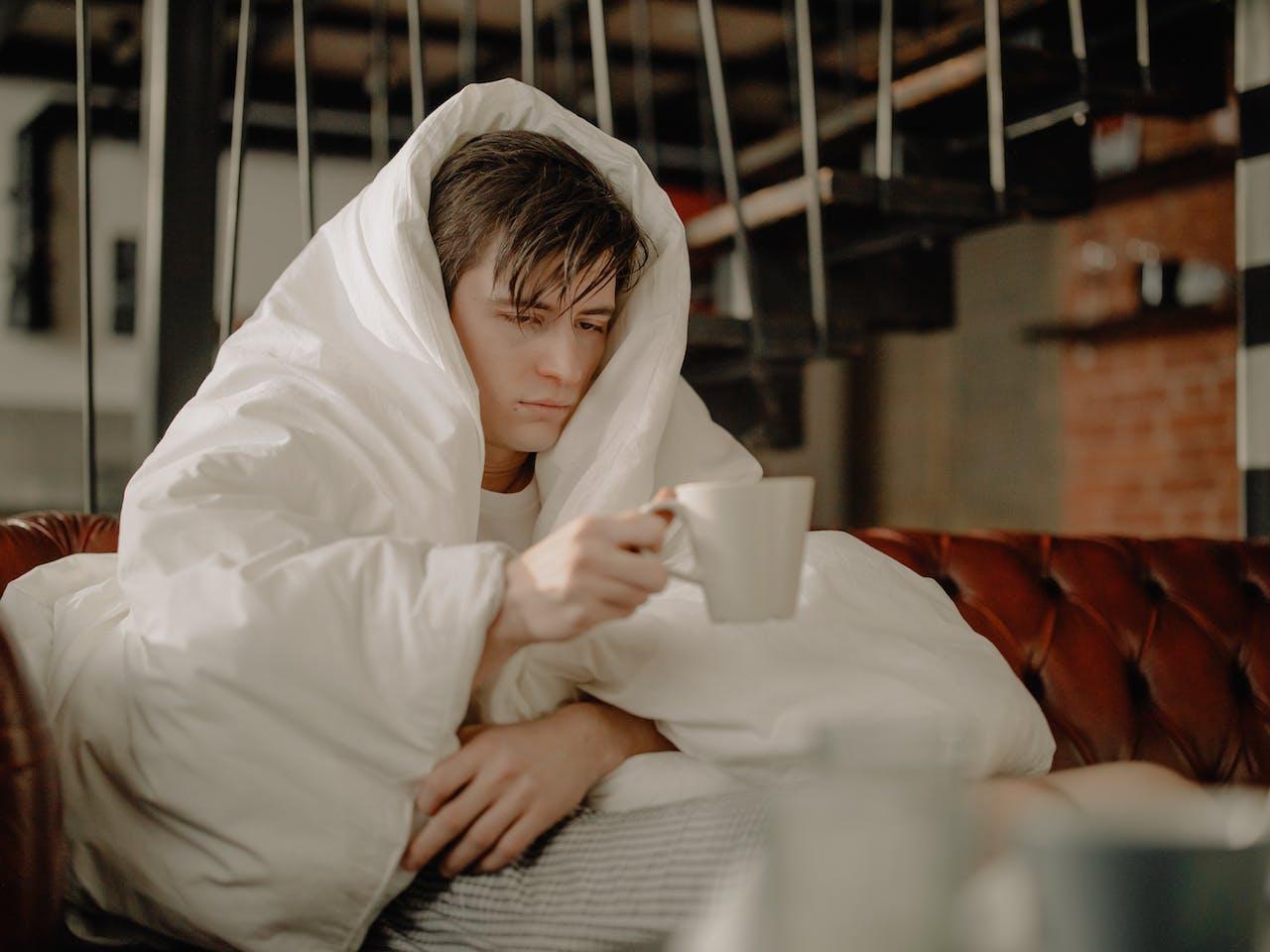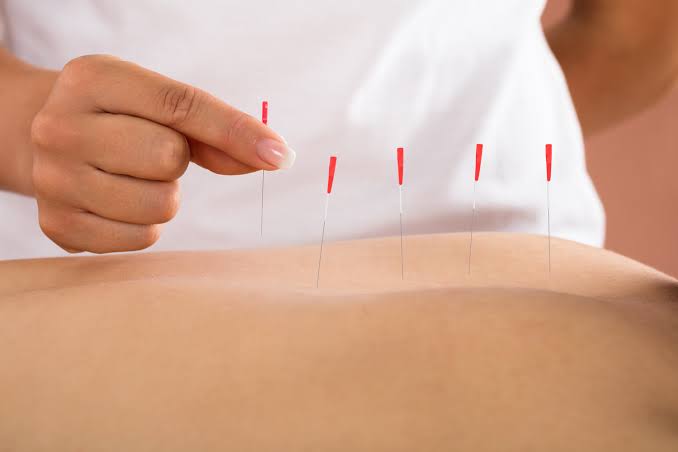Migraine auras are symptoms of a sensory nature that may occur before or during headache. They tend to take the form of visual and physical disturbances or sensations.
Aura migraine is a type of migraine headache. But sometimes the auras can occur without a headache’s physical pain.
A migraine episode’s aura stage typically lasts under an hour. Common symptoms include tunnel vision, seeing stars, and tingling sensations in the hands or feet.
While migraine and migraine auras may be debilitating, these headaches are not physically harmful, and people can usually manage their symptoms through medical and home treatment.
Read on to find out more about the types of aura migraine and the treatment options available.
What is a migraine aura?

Symptoms such as intense throbbing or pulsing head pain, sensitivity to light , sound, and smells, and nausea are characterized by migraine headaches.
25–30 percent of people with migraine headaches report additional aura symptoms. A migraine aura is described by some as a “warning sign,” as its symptoms often develop before a headache.
Migraine aura symptoms usually show up over a period of 5–20 minutes and tend to last for up to 60 minutes.
A migraine headache may last between 4 hours and 3 days, without treatment. Migraine episodes occur from very rarely to several times a month.
Auras can assume one of three main forms: visual disturbances, physical sensations and difficulty with speech or language. In the following parts we discuss these in greater detail.
Visual auras
Some examples of visual changes associated with migraine aura include seeing:
- blind spots, called scotomas
- colored spots
- flashes of light
- stars or sparkles of light
- zigzag lines
- tunnel vision
These often start in the center of the field of view of a person before moving outwards. People can also suffer temporary blindness or loss of vision during a migraine episode.
Physical sensation auras
Auras involve physical sensations such as tingling, numbness, and dizziness for some people. These sensations can begin on one side of the body, before slowly spreading to other areas.
Physical aura sensations can include:
- pins and needles in the arms and legs
- numbness or tingling sensations
- dizziness
- vertigo (spinning dizziness)
- muscle weakness on one side
Speech or language difficulty auras
Some people might find it difficult to speak or communicate with others during a migraine episode. They may struggle to find the right words to use, or their speech may mumble or slur.
Other symptoms
Along with other sensations, migraine aura may also cause:
- memory changes
- feelings of fear
- confusion
- rarely, partial paralysis or fainting
Types of migraine with aura
Aura-borne migraine is fairly common and anyone with migraine may experience auras. Certain migraine subtypes, however, are especially likely to involve auras.
Migraine with aura has previously been referred to as classic migraine, focal migraine, aphasic migraine and complicated migraine by experts.
Other, rare forms of aura-causing migraines include:
Hemiplegic migraine
This is a rare type of migraine on one side of the body that involves temporary weakness, or paralysis. Other symptoms include numbness and pins and needles.
Usually, the weakness goes away within 24 hours, but it could last for many days.
Researchers are not aware of the true prevalence of hemiplegic migraine, according to the National Organization for Rare Diseases. Some study, however, indicates it affects about one in 10,000 people.
Migraine with brainstem aura
Brainstem aura migraine, formerly known as basilar-type migraine, is rare. In fact, Denmark ‘s 2006 study indicates that it occurs in about 10 per cent of people experiencing migraine with aura.
The most common symptoms appear to be:
- vertigo
- slurred speech
- ringing in the ears, called tinnitus
- double vision, called diplopia
The researchers conclude that migraine with brainstem aura can occur to anyone experiencing migraine with aura on occasion.
Retinal migraine
Retinal migraine is another rare Migraine aura subtype. It is only affecting vision in one eye. It may cause temporary blindness in that eye or the appearance of flickering lights.
About 1 in 200 people suffering from migraine will experience retinal migraine. Most people who develop it are under 40. A personal history of some form of migraine and a retinal migraine family history both raise the risk of developing retinal migraine.
Causes and risk factors
Doctors don’t fully understand the exact cause of migraine.
Migraine with an aura may occur when a wave of electrical activity moves through the brain’s visual cortex, which is the part processing visual signals.
Triggers for migraine with aura include:
- alcohol consumption, especially wine
- caffeine consumption
- exposure to bright lights or strong sun
- food and food additives, such as aged cheeses, processed foods, and monosodium glutamate
- hormonal fluctuations in females (due to pregnancy, menstruation, or oral contraceptives, for example)
- intense physical activity or overexertion
- lack of sleep or too much sleep
- medications, such as the use of oral contraceptives or vasodilators for high blood pressure
- stress
- strong smells, such as that of smoke, perfume, or gasoline
- weather changes or barometric pressure changes
Factors which increase the risk of migraine developing, including aura migraine, include:
- Sex: Females are two to three times more likely than males to experience migraine. It affects around 1 in 5 females.
- Age: This condition is most common in those ages 18–44.
- Family history: Around 90% of people with migraine have a family history of the condition.
Treatments and remedies
The migraine-aura treatment options are similar to those for other migraine types.
Treatment depends on the frequency and severity of symptoms present in a person. There are some options which include:
Medications

The following over-the-counter (OTC) and prescription drugs can help with aura treatment of migraine:
- anti-inflammatory pain relievers, such as aspirin or ibuprofen (Advil, Motrin IB)
- migraine relief medications, such as Excedrin Migraine
- antinausea medicines, to reduce nausea and vomiting
- codeine medications or other opioids
- dihydroergotamines, in the form of a nasal spray or injection
- triptans, such as sumatriptan (Imitrex, Tosymra) or rizatriptan (Maxalt), to block the brain’s pain signals
People suffering from frequent or severe migraine headaches may benefit from preventive drugs. Including:
- amitriptyline, which is a tricyclic antidepressant, or other antidepressants
- antiseizure drugs
- blood pressure medications, such as beta-blockers or calcium channel blockers
- Botox injections
Medical devices
Some medical devices can help by stimulating the brain in specific ways to reduce migraine pain. Including:
Single pulse transcranial magnetic stimulation
These devices use magnetic-energy pulses. People have to put it on the head for a couple of moments to see results.
Some research suggests these devices can reduce the severity or frequency of migraine episodes, or both. However, they are not suitable for all and are only available with a prescription.
Cefaly
In 2014, the Food and Drug Administration ( FDA ) approved the migraine-prevention Cefaly device. Individuals are required to wear the headband for 20 minutes a day.
Early research suggests that it shows promise for some people in treating migraine.
Lifestyle changes and home remedies
Home remedies may help alleviate some migraine symptoms, while lifestyle changes can prevent onset.
To treat a migraine using home remedies:
- Take a nap when symptoms first appear.
- Lie down in a quiet, cool, dark room.
- Place a cool compress or ice pack on the forehead or back of the neck.
Lifestyle changes that may help prevent migraine episodes include:
- practicing stress reduction techniques, including yoga, deep breathing exercises, and progressive muscle relaxation exercises
- sticking to a consistent sleep routine, with the same bedtime and wake time every day
- eating a balanced diet that is low in processed foods and food additives
- drinking plenty of water and limiting or avoiding caffeine and alcohol
- avoiding migraine triggers, where possible, or using preventative medicines before triggering events (such as menstruation or weather changes)
For severe or recurrent migraine episodes, the use of medical treatments alongside home care strategies is usually the most effective.
When to see a doctor

People with aura migraine symptoms should see their doctor at the earliest opportunity.
People should see a doctor too if the symptoms are:
- have an immediate onset
- last for longer than an hour
- only occur in one eye
- do not completely resolve with time
A doctor should conduct tests in these cases to rule out more severe problems, such as a stroke or a retinal tear.
Summary
Aura migraine may be uncomfortable and debilitating but it is not life-threatening.
Trying approaches for home treatment and taking OTC medications can help most people control their symptoms before the episode or headache subsides.
Those with recurrent or severe migraine headaches may need medicines or medical devices to manage their symptoms and prevent future episodes.





